Approximately 30 to 40% of food in the US is wasted each year. Many of these food sources are wasted before they are harvested, while others are thrown away by consumers for different reasons.
The concept of a zero waste kitchen therefore emerges as a beacon of sustainability and responsibility. It’s not merely about minimizing trash; it’s a lifestyle that redefines our relationship with consumption and waste.
Create a zero waste kitchen by following these practical steps:
1. Eliminate food waste
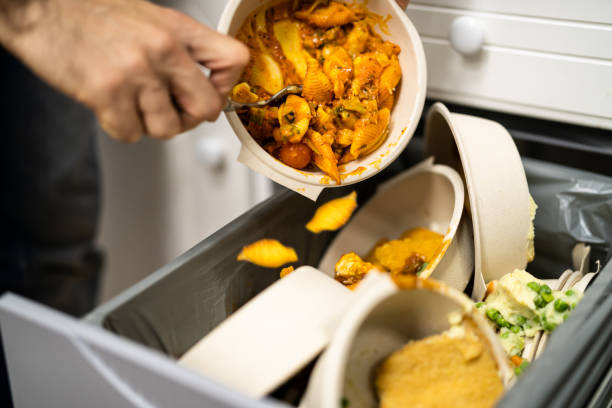
The first step to achieving a sustainable kitchen is to reduce food waste. Take notes on what you will be eating, make a list before you go shopping, and only buy important things. Prioritize using older foodstuff first, and look out for the expiration dates.
Are there any leftovers? Think outside the box! Create exciting and new dishes with them. Blend fruits that are too ripe into a smoothie or make a stir-fry with yesterday’s rice. The more you save, the closer you get to living greener.
2. Get rid of plastics
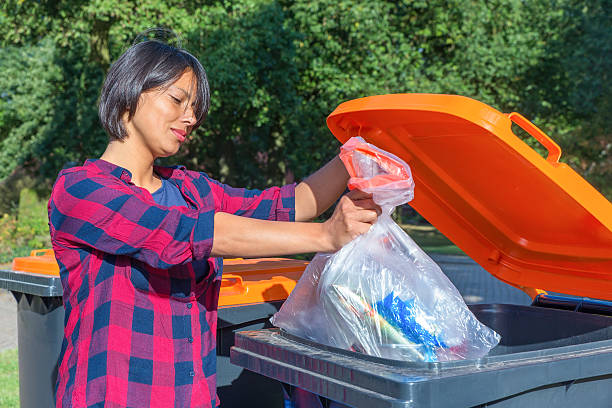
Kitchen plastics are a huge environmental concern, but it can be dealt with. Let go of disposable utensils, wraps, and plastic bags. Use glass containers or stainless steel for storing meals, as well as beeswax wraps (such as magic cling wraps).
In addition to being eco-friendly, these swaps are durable and simple to clean. The best part is that you will end up with a fabulous looking kitchen.
3. Opt for sustainable cleaning products
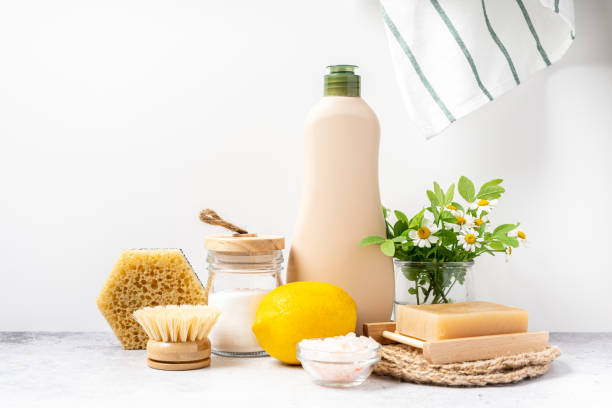
Do you need to clean your kitchen? Make sure you use eco-friendly cleaning supplies that are safe for the environment and your health. Chemicals in conventional cleaners can be harmful to you and the environment. Rather, use eco-friendly, natural cleaning products. Choosing compostable and recyclable packaging will help you save the planet.
4. Take advantage of kitchen swaps
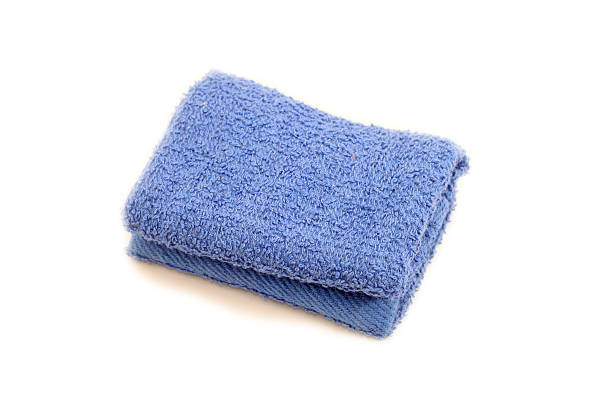
For a zero waste kitchen, get rid of paper towels and replace them with older rags or washable cloths. Switch to biodegradable alternatives such as silicone dish washers or loofah instead of plastic sponges. You’ll save money and cut kitchen waste with these zero waste swaps.
5. Make bulk purchases
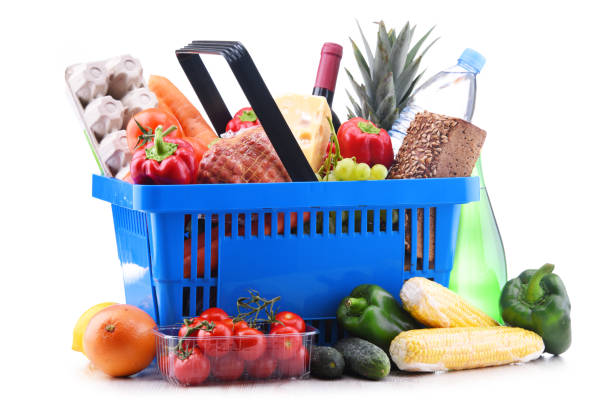
Not only is bulk purchase economical, but it is both eco-friendly and helps ensure a zero waste kitchen. When you go shopping, come along with reusable containers or bags rather than picking plastic-laden products. You’ll see less plastic waste in your kitchen if you stock up with as much food as you and your family needs.
6. Invest in reusable kitchenware
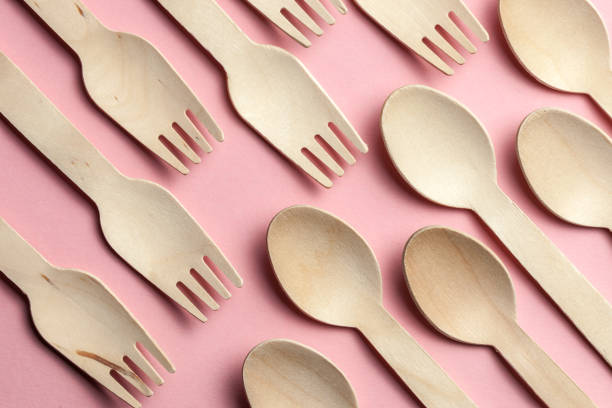
In a single year, more than 40 billion plastic utensils are discarded. Several plastic items end up being eaten by wildlife, including straws, spoons, forks, and knives, which puncture their internal organs or cause them to feel “fake full” and die. Using reusable cutlery kits reduces your plastic output and your impact on the environment and guarantees a zero waste kitchen.
Make sure you invest in high-quality, long-lasting kitchen utensils. You can find easy-to-wash, non-poisonous, and landfill-friendly goodies made from stainless steel, bamboo, or silicone. Let’s say goodbye to plastic forks!
7. Embrace composting

If you want to create a zero waste kitchen, you need a compost container. Organic waste such as food scraps and coffee grounds can be thrown in it. Tea bags, eggshells, fruit peels, and veggie scraps are all great additions. It will eventually turn into soil rich in nutrients, perfect for gardening.
8. Buy reusable produce bags
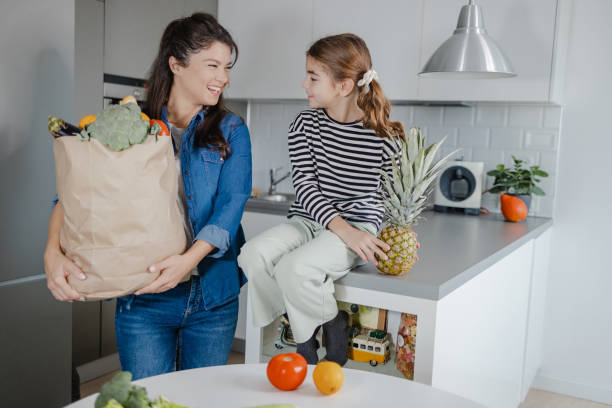
Put an end to the use of plastic bags in the produce aisle by refusing to take them with you. Single-use plastic bags are the most significant contributor to the plastic pollution problem. They are more a suggestion than a requirement, but most people think you must use them. A zero waste kitchen can be achieved by merely carrying your loose fruits to the register without any bags.
We understand that keeping them organized and in place with this method can be challenging. It’s not good to end up bruising your apples after you’ve failed to juggle correctly. It is for this reason that reusable produce bags can be a great addition to your zero waste kitchen starter kit. They weigh virtually nothing and haven’t been sitting around waiting for anyone to maul them. It’s best to start with about five, so you don’t run out at the farmer’s market.
9. Buy local produce
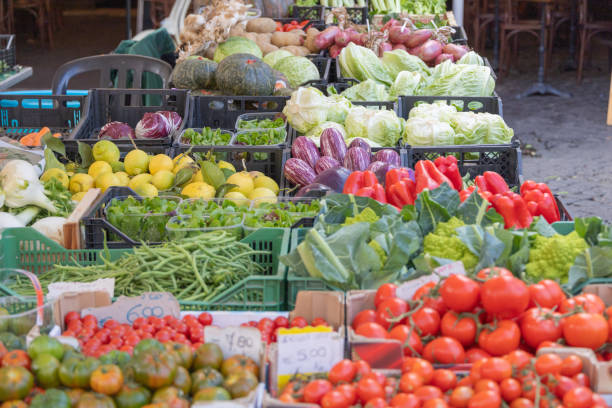
Shopping from local farmers will not only guarantee that you get fresh produce; you will also reduce you carbon emission and ensure a zero waste kitchen. Get fresh and plastic-free produce by visiting the nearest farmers’ market or joining a community support agriculture program (CSA).
10. Become a vegan

In addition to being good for your health, being vegan is great for the environment as well. Animal agriculture generates lots of waste and uses loads of resources. In addition to reducing factory farming, vegan living guarantees a more earth friendly planet and makes your kitchen more eco-friendly.
11. Use zero waste containers to store food
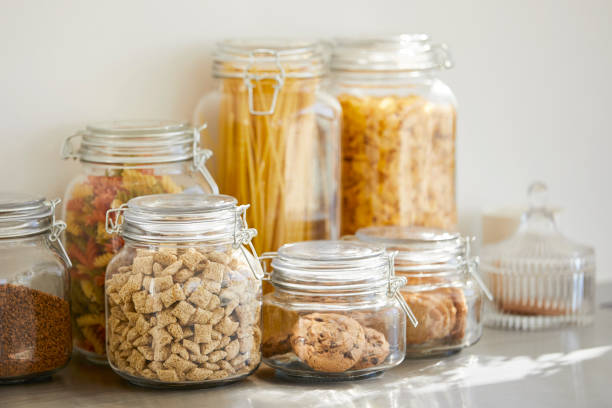
For food storage, you will need plastic-free jars after you stock up on bulk goods. Weaponry is what makes a zero waste kitchen warrior. From a health standpoint, this is one of the most important plastic-free kitchen swaps because they may contain numerous chemicals (like phthalates).
It is possible to turn old Tupperware into a compost collector or a planter. They are one of the most popular choices is glass jars (which are also free, since almost everyone can upcycle them). Perhaps you have a sentimental bottle of your favorite wine from a wedding; you could use it to store olive oil.
It doesn’t matter what you have lying around the house or buried in your cupboards—from silicone to stainless steel to bamboo, almost anything can work. When it comes to having a zero waste kitchen, there is no limit to what you can imagine.
12. Get the hang of preparing to-go meals

One aspect of a zero waste kitchen is reusable food storage. You can save a lot of space in the ocean by using reusable containers instead of single-use takeaway products.
An eco-friendly lunch box can be made from many different materials, such as stainless steel or bamboo, like your zero waste kitchen food storage solutions. You can also hang onto that empty jar of pasta sauce if you want to go simple. Furthermore, they are easy to maintain, and they won’t choke a seabird after a long life of use.
13. Make the most of reusable paper towels

A paper product’s pollution rating is about the same as a plastic product’s—plastic products are Usain Bolt while paper products are Yohan Blake. A pack of paper and plastic-free kitchen wipes is one of the best zero waste kitchen supplies you can buy.
An estimated 3.8 million tons of tissue paper and paper towels are discarded in the United States each year, according to the EPA. While paper towels are compostable, they are not recyclable, so the trees that are cut down to make those paper towels won’t even live. Fortunately, reusable alternatives to paper towels are becoming more widely available.
14. Buy reusable tea bags
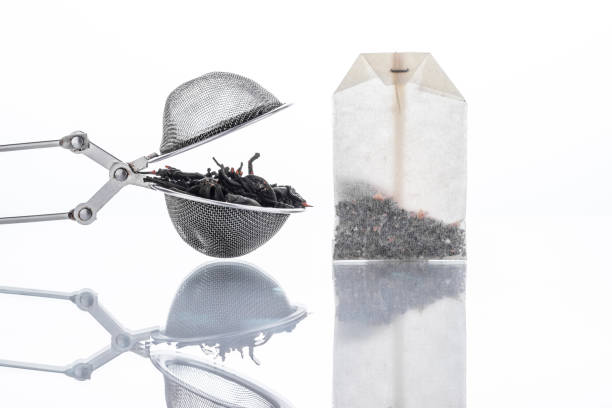
Are you aware that the majority of tea bags contain plastic?
As tea drinkers, we were certainly surprised to discover that plastic invaded our cups. Not only the nylon pyramids that release billions of microplastic particles but also those enrobed in soft paper bags. The plastic in these tea bags can leach into your drink while steeping and can contain about 20-30% polypropylene.
Good news, tea lovers! You can replace those traditional paper tea bags with reusable metal or cloth tea filters that can be composted and have a zero waste kitchen. Your daily waste will be reduced while you sip sustainably.
15. Include recycling in your recipes

Here’s a quiz: What are the five principles of zero-waste living? There are five Rs, also known as refuse, reduce, reuse, rot, and recycle.
Pay attention to the last item on the list. The reason is partly that recycling doesn’t actually address the plastic problem at its source and that recycling statistics are horrendous. Buying zero-waste food is nearly impossible in the kitchen, considering how hard it is to find it.
To have a zero waste kitchen, you must be responsible for what you can and do the best you can. It is better to try than not to try. Learn what types of plastic can be recycled and what cannot be. Also sort the plastic appropriately and clean the containers properly so that food contamination does not ruin your entire recycling process.
Consider alternative private recycling services for specialty items such as polystyrene, batteries, lightbulbs, and electronics that your municipality does not recycle. Through Terracycle, you can recycle most of these items by buying a zero waste box, packing it with all your difficult-to-recycle items, and mailing it off.
Frequently Asked Questions (FAQs)
What is a zero waste kitchen?
They are kitchens that use eco-friendly practices and reduce the waste generated by food storage, cooking, and daily kitchen activities.
What is the best way to make a zero-waste kitchen?
Making sustainable decisions and adopting waste-free habits are the keys to making a zero waste kitchen. Avoid using single-use plastics, reduce food waste, use reusable utensils, and compost food scraps.
What can I do to minimize kitchen food waste?
Come up with a list before you go shopping, plan for what you will eat, and only buy what is necessary to reduce food waste in your kitchen. Creatively use leftovers to reduce waste and prolong food’s freshness. Organic waste can also be diverted from landfills by having a compost bin for food scraps.
Is there a popular zero-waste kitchen swap?
Yes, there is! Rather than use disposable plastic containers, use silicone containers, cloth towels should replace paper towels, and the switch to reusable or compostable filters for coffee are some common zero waste kitchen swaps.
What kitchen products can help me make a zero waste kitchen?
To have a zero waste kitchen, several products can help, including glass food storage containers, reusable food storage bags, compost bins, beeswax wraps, stainless steel, and stainless or bamboo steel utensils.
What can I do to have a plastic-free kitchen?
To reduce your kitchen’s plastic use, eliminate single-use plastic products like utensils, straws, and bags. Choose sustainable materials such as bamboo and stainless steel for accessories and kitchen tools to replace plastic food storage containers.
In what ways can I make my kitchen waste-free?
Zero-free kitchens are those that implement sustainability and minimize waste generation. Reduce food waste, use reusable bags and containers, compost food scraps, avoid plastics, and choose packaging and products that you care about.
How can I learn more about a zero-waste lifestyle?
Explore blogs, websites and forums committed to earth friendly living, read books about waste-free living, follow influences that talk about zero-waste on social media, and join online communities discussing zero-waste kitchens and lifestyles for more information about waste free living.
Final Words
Keep in mind that small actions can make a difference in environmental sustainability as you begin to create a waste-free kitchen. You’re not just getting rid of kitchen waste when you follow these steps; you’re contributing to a greener world. Your choices affect the entire world, not just your kitchen. With mindful choices, you’re not just reducing waste in your kitchen; you’re reducing our environmental impact.
Embrace the change, live sustainably, and be an inspiration to others to do the same. The more reusable bags, compostable scraps, and eco-friendly choices we make, the closer we get to a cleaner and brighter future. Let’s work together to eliminate waste and create a sustainable world.







